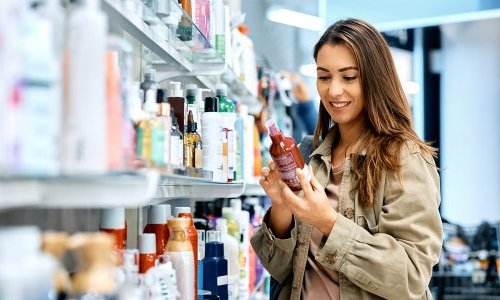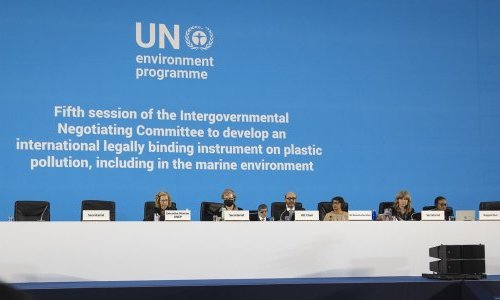
The European Regulation on the justification of claims used in relation to cosmetic products [1] and the guidelines and recommendations adopted by the cosmetics industry [2] to regulate its advertising practices are well followed. This is the conclusion of the audit conducted, upon the request of Cosmetics Europe, by the European Advertising Standards Alliance (EASA) - a non-profit organisation based in Brussels, which brings together national advertising self-regulatory organisations. The audit, which was conducted across six representative European countries (France, Hungary, Italy, Poland, Sweden and UK), also checked the compliance of advertisements against the national self-regulatory advertising codes and laws.
High compliance level
Results are very positive for the European cosmetics industry. Indeed, EASA’s audit report finds that 91% of the advertisements of cosmetic products were in compliance with all relevant advertising codes/laws.

A total of 1,861 advertisements were reviewed, including 577 television and 1,284 print advertisements aired/published over three month periods - September 2014, March and June 2015.
Only 6% of the advertisements were found to be in breach of relevant advertising codes/laws while 3% of the advertisements could not be assessed, as the experts did not receive the information necessary to assess the compliance of the claims made in the advertisements.
Poland and France reported the highest compliance rates with 98% and 95% respectively. The compliance rates in Sweden (89%), UK (87%), Hungary (86%) and Italy (83%) showed in comparison a lower compliance rate.
“The high level of compliance found in the EASA report highlights the effectiveness of self-regulation by the industry and the vital role it plays as a component of the overall EU policy and regulatory system for cosmetics advertising; the system works well! Nevertheless, our industry is not complacent. Cosmetics Europe is committed to promote continuous improvement of industry’s advertising practices, through compliance with the regulatory and self-regulatory framework and will seek to take learnings from the results of the EASA audit for the future,” said Loïc Armand, President of Cosmetics Europe.
Unsubstantiated claims
The main issue identified with the 6% of advertisements found to be in breach was misleading advertising followed by social responsibility, health and safety and taste and decency.

Misleading advertising mainly concerned unsubstantiated claims and health/medical claims. Other misleading issues flagged by the experts were related to: claims regarding legal requirements, claims related to studies/tests, denigration of the use of ingredients that are legal to use, testimonials, promotions with no expiration date, misleading imagery and comparative advertising;
Finally, let’s note that 97% of the television advertisements were considered as compliant with all relevant advertising codes/laws while only 88% of the print advertisements were considered as compliant.




























